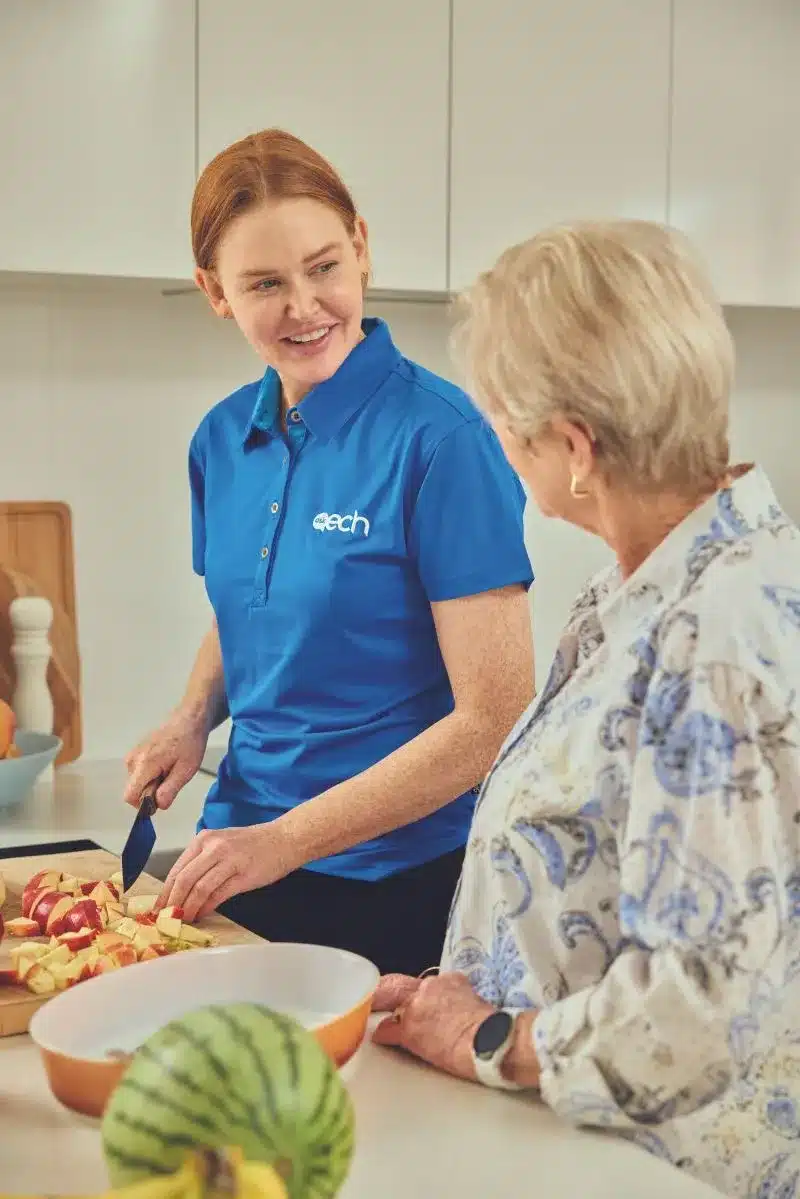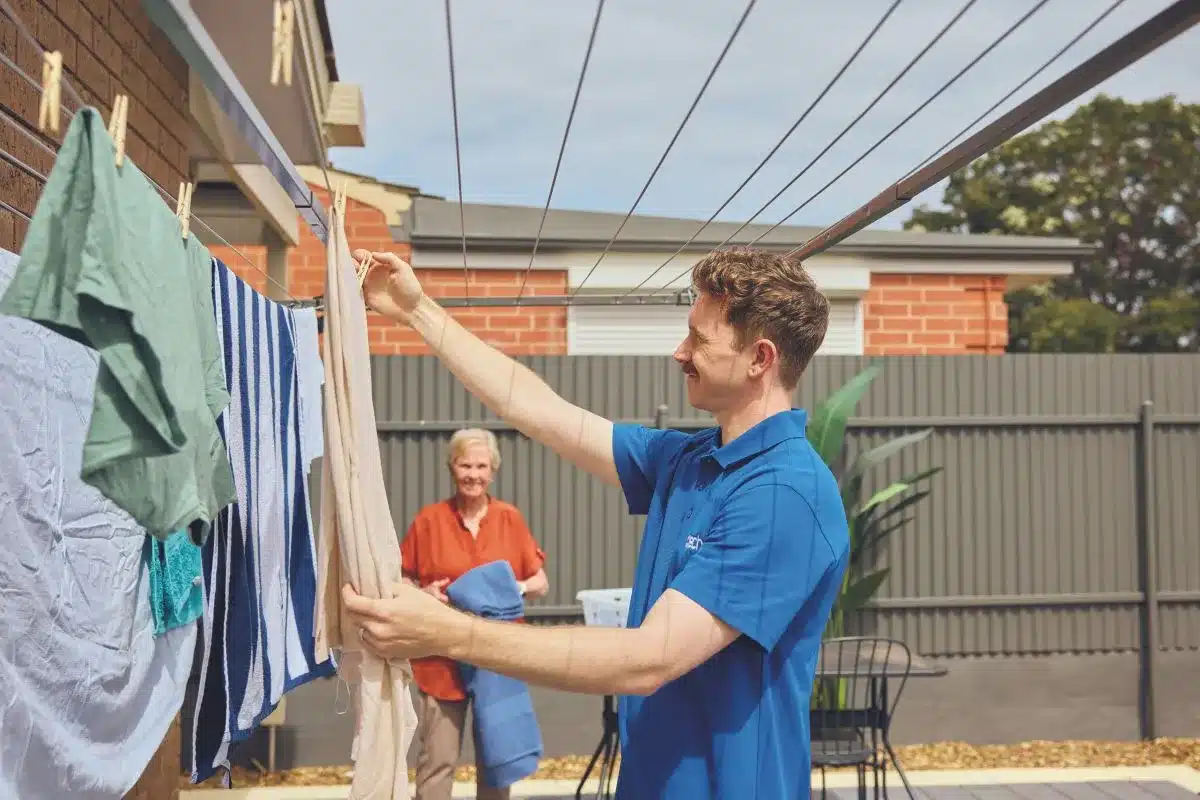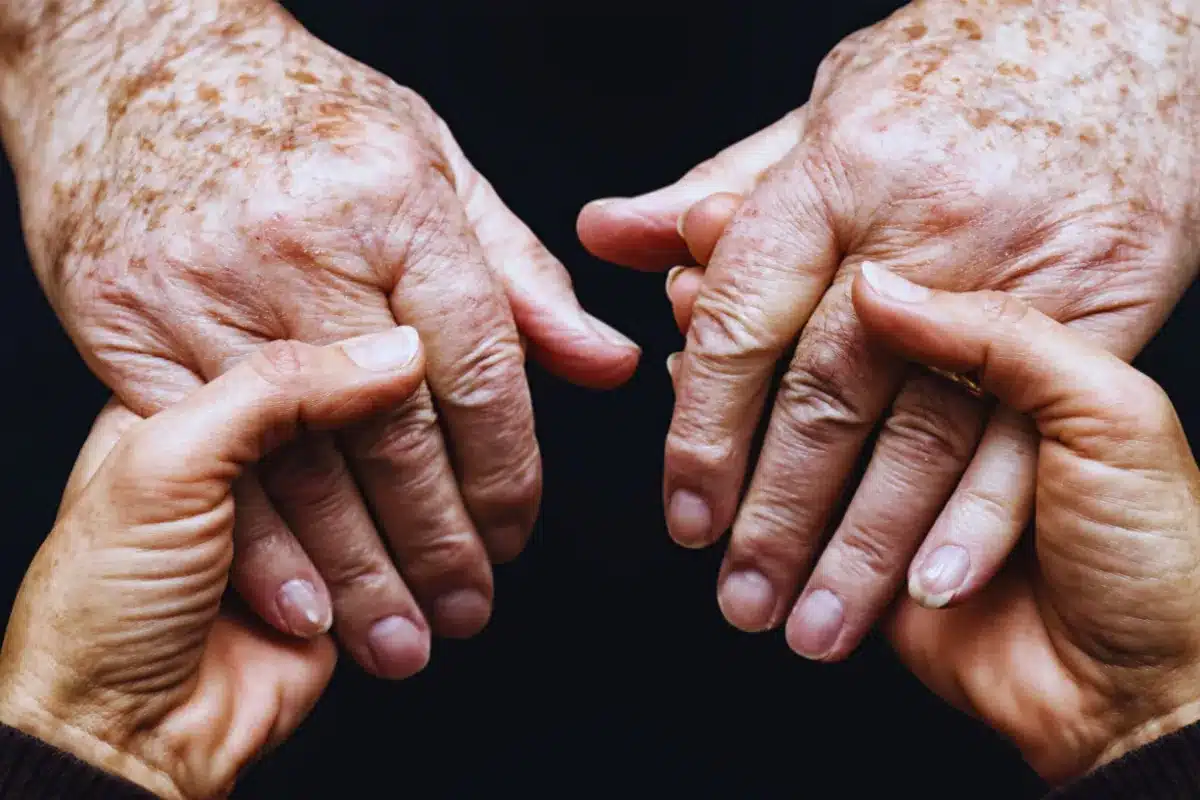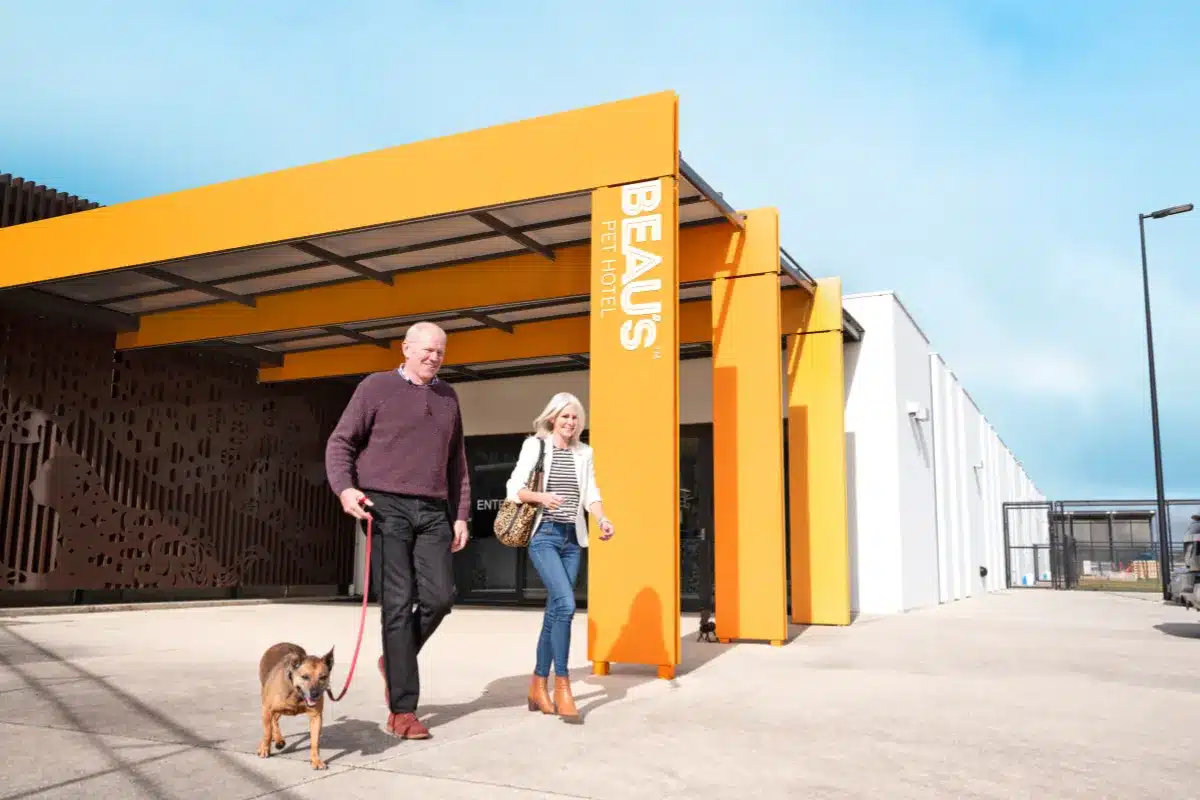Providers, like ECH, can take care of the day-to-day tasks, as well as medical, wellness and personal care needs so that you can get more out of life. Many people pay for these services directly with their own funds, or by using their private health funds. Others access services once they receive government funding to contribute toward the costs. For those who access Government funding for their services, there are changes coming up with the introduction of the new Support at Home program.
What is support at home?
Support at Home is a new Australian Government initiative designed to simplify care and prioritise supported and independent ageing. From 1 July this year, Support at Home will replace two existing types of funding – the Home Care Packages (HCP) Program and the Short-Term Restorative Care (STRC)
Programme. The Commonwealth Home Support Program (CHSP) will also merge with Support at Home no sooner than 1 July 2027.
Support at Home aims to help older Australians stay in the comfort of their own homes for longer, by giving them more choice, flexibility and transparency to better tailor their services to their individual needs and preferences.

What is changing?
Changes under Support at Home include:
Levels of care – while there are currently four levels of support available, under Support at Home there will be eight. Annual funding will be up to $78,000 per person.
How you pay – recipients will be 100% funded for clinical care but will pay a percentage of the cost of non-clinical/daily-living support services.
Capped pricing – the government will set limits for what providers can charge and there will be no separate administration or management fees.
Less waiting – wait times for services are expected to reduce, with the government targeting a three-month waiting list by
July 2027.
What will Support at Home fund?
Services and supports currently available will continue under Support at Home. They will fall into three categories, including:
Clinical supports – services that help to maintain or restore physical or mental abilities and are delivered by, or supervised by, an accredited health professional such as a registered nurse or allied health practitioner. This could include nursing care, allied health and therapeutic services, nutrition, care management, and restorative care.
Independence supports – these are the things that will help you to maintain your independence and support daily living, like personal care, social support and community engagement, respite care, transport, and assisted technology and home modifications.
Everyday living supports – services that will enable older people to continue living in their own homes, including domestic assistance and housework, home maintenance and repairs, and meal preparation and meal delivery.

What will it cost?
What you pay will depend on yourincome, assets and pension status. The contribution required from funding recipients varies as per below:
Clinical supports – the government will pay 100%.
Independence supports – individuals will pay 5-50%.
Everyday living supports – individuals will pay 17.5-80%
If you are already receiving a Home Care Package, or you are on the National Priority System and assessed as eligiblefor a package as of 12 September 2024, the government has advised that you will be no worse off under Support at Home.
Any unspent funds you have from your home care package will also be retained to use under the new program. The government has also committed to a lifetime cap for Support at Home, which means individuals will pay no more than $130,000 in costs over their lifetime. This balance can be carried over to residential care if required.
Now what?
People who currently receive a home care package are encouraged to utilise their available funding before 1 July 2025 to help demonstrate the level of support you require into the future under Support at Home.
To learn more about maintaining your independence and what’s changing with Support at Home, contact ECH’s friendly team on 1300 275 324 or visit: ech.asn.au/support-at-home









